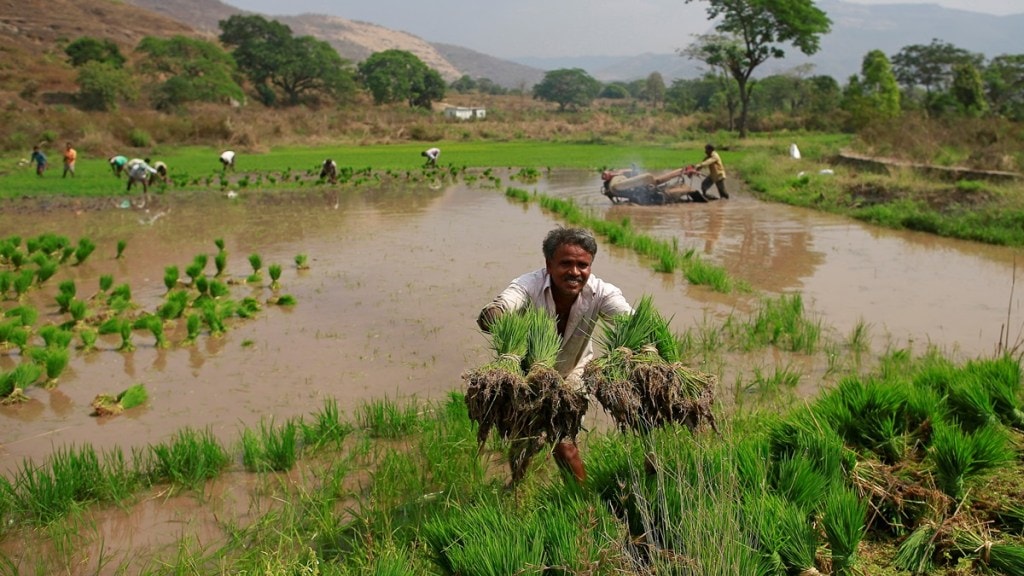Considering how the women’s vote decisively favoured the Bharatiya Janata Party in three out of four major state elections recently—especially in Madhya Pradesh that ran a popular cash transfer programme for women—the ruling dispensation is reportedly mulling similar measures in the interim budget for 2024-25 to cater to this powerful vote bank. Doubling the income support for landowning women farmers under its flagship scheme, Pradhan Mantri Kisan Samman Nidhi, is one such measure that is speculated to be under consideration. PM-Kisan annually provides `6,000 in three installments to 110 million small and marginal farmers. Hiking it to Rs 12,000 for 20-odd million women farmers who have operational holdings entails an additional tab of Rs 12,000 crore, which is not expected to have a significant impact on government finances as it constitutes only a marginal fraction of a Rs 45-trillion budget. While this makes for good politics, whether it also makes for good economics is a different matter.
While PM Narendra Modi refers to the poor, youth, women and farmers as the “biggest castes” whose well-being is his priority, the big question is why single out only women farmers for higher PM-Kisan income support? Ahead of the four major state elections, the ruling dispensation considered in fact hiking income support by 50% for all small and marginal farmer households. Nothing came of this measure although implementing it would have made for better electoral politics and economics as well. As this support has been fixed in nominal terms, the proposed increase ensures that this is not eroded by inflation. The narrative of agrarian distress affects men and women farmers alike as cultivation at the margin is getting increasingly unviable. Small and marginal farmers continue cultivation on holdings that are diminishing in size as there are limited possibilities to move to urban areas due to the lack of opportunities in industry. Higher PM-Kisan support for all small farmers would therefore be welcomed by the 110-million strong electoral vote bank.
Questions are of course bound to be raised whether higher PM-Kisan support is affordable. The additional hit to government finances if a doubling is implemented for all small and marginal farmers is `66,000 crore which is over five-times larger than doing it for only women farmers. Since this flagship scheme’s inception, more than `2.81trillion has been provided to small and marginal farmers till last November. Enhancing PM-Kisan is necessary to supplement their stressed incomes as an increasingly unpredictable southwest monsoon and climate change impacts cultivation. The reality is that an average small farmer is now more of an agricultural labourer than cultivator. Their indebtedness is high. Their income is low relative to those of non-agricultural workers.
On the wage front, the situation is indeed grim as the average annual growth of 5.5% in daily wages for agricultural workers has been eroded by inflation of 4.9%, implying a sluggish real increase of only 0.6% during the last nine years according to RBI’s Handbook of Statistics for States. Doubling PM-Kisan support calls for greater political will to raise the required resources by scrapping or reducing subsidies and social welfare programmes which are not effective in bringing down rural poverty. The minimum support price (MSP) issue also should be revisited. Cost-plus MSPs that are oblivious to demand conditions distorts farmers’ production decisions, resulting in the oversupply of some crops and an under-supply of others.

